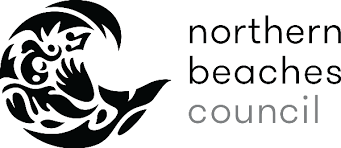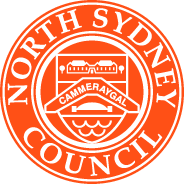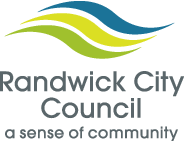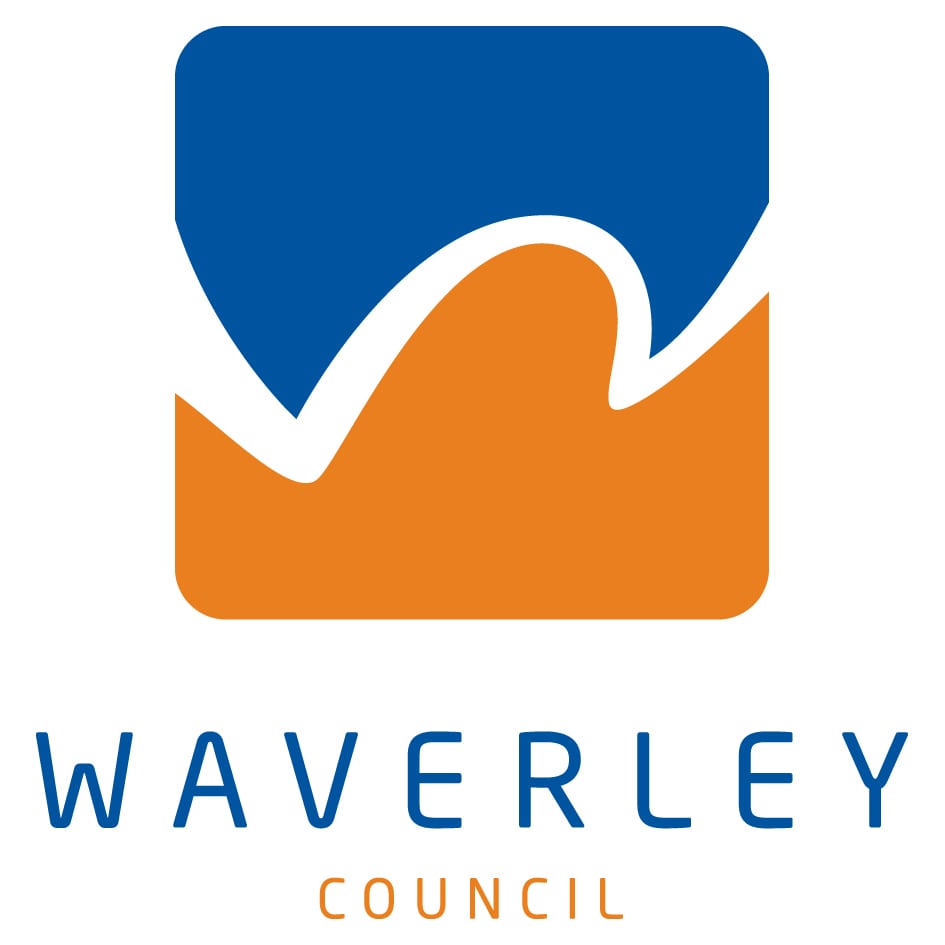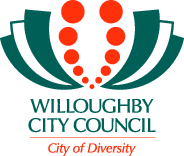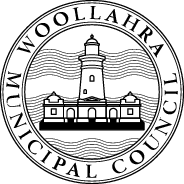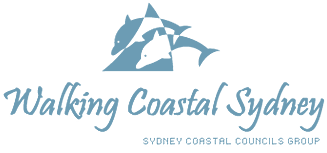Bayside Council brings together the City of Botany Bay and Rockdale City Councils. It was establishe
Read more...Bayside Council brings together the City of Botany Bay and Rockdale City Councils. It was established by proclamation on Friday 9 September 2016.
The City covers approximately 55 square kilometers and has an estimated population of 170,279…
The council area includes several hundred hectares of Botany Bay, with approximately 4 km of foreshores, and also lies between the Cooks and Georges Rivers. The coast contains large areas of open space including the internationally significant Rockdale Wetland Corridor which is subject to international migratory bird treaties. Botany Bay is a significant economic area with Australia’s busiest airport, a major port and some of Australia’s major petroleum and chemical plants and storage areas. Botany Bay also contains significant fishing areas, particularly for prawns, oysters and various fish species. It is an important recreational area, containing internationally significant wetlands and nature reserves.
http://www.bayside.nsw.gov.au/
Read lessInner West Council was proclaimed on 12 May 2016, and is made up of the former Local Government Area
Read more...Inner West Council was proclaimed on 12 May 2016, and is made up of the former Local Government Areas of Ashfield, Leichhardt and Marrickville. Most of the foreshore land has been urbanised and built up from its original foreshore line and level. The foreshores are the most ecologically sensitive and rich areas and are the most popular outdoor recreation locations within the LGA. Seawalls have been erected in most areas to stop erosion and enable the public to utilise all available land. The foreshore areas were the location for many of Sydney’s waterfront industries although only a few of these industries remain today.
Slowly the vacant foreshore areas have become available for residential redevelopment. There are several heritage items located along the foreshores including wharves, jetties, docks and depots. Aboriginal middens and remnant native vegetation have been identified at Callan Point within the grounds of the Rozelle Hospital.
http://www.innerwest.nsw.gov.au/
Read lessThe Northern Beaches Council is the formation of the merging of Manly, Pittwater and Warringah Counc
Read more...The Northern Beaches Council is the formation of the merging of Manly, Pittwater and Warringah Councils.
The area is known for its iconic beaches and foreshore areas and attracts over six million visitors annually. The area has a rich tradition of Aboriginal history.
The area contains a multitude of parks, reserves, and walking tracks. Large bushland areas include endangered ecological communities such as littoral rainforest, freshwater wetlands and open forests, providing habitat for threatened species. The area includes important aquatic and marine environments including mangroves, saltmarsh, mudflat and seagrass areas, as well as Manly, Narrabeen, Curl Curl and Dee Why Lagoons, and multiple aquatic reserves.
http://www.northernbeaches.nsw.gov.au/
Read lessNorth Sydney LGA has an 18.6 km stretch of foreshore area and is bounded by the waters of Port Jacks
Read more...North Sydney LGA has an 18.6 km stretch of foreshore area and is bounded by the waters of Port Jackson in the south and the waters of Middle Harbour to the north east. These areas are of national significance as they make up a part of the amenity of Sydney Harbour. The foreshore is characterised by recreational areas, native bushland, pedestrian areas, waterfront industry and private property. The area contains several heritage items including navigation aids, wooden and stone wharves, shipyards and slipways, sea walls and baths.
The remnant bushland of North Sydney totals approximately 47 hectares and is generally restricted to the Sydney Harbour and Middle Harbour foreshores making these foreshore areas an integral component of the harbour foreshore scenery. The diversity of remnant native vegetation communities conserved in the communities’ bushland reserve system is significant ecologically and highly valued by the people of North Sydney. Of the twelve distinct vegetation communities present in bushland areas, three are listed as threatened at either the federal or state level. A further two are classified as regionally significant and the remaining seven communities are locally significant. Several threatened plant and animals’ species are also recorded in Council’s foreshore bushland reserves, further demonstrating the crucial need for ongoing investment in the management of this scarce resource.
http://www.northsydney.nsw.gov.au/
Read lessRandwick Council LGA has a total foreshore length of 29.3 km extending from Clovelly at its northern
Read more...Randwick Council LGA has a total foreshore length of 29.3 km extending from Clovelly at its northern border with Waverley Council, to the northern beaches of Botany Bay where it borders with Bayside Council. The coastline comprises 9 beaches including: Clovelly, Coogee, Maroubra, Malabar and Frenchmans Beach at La Perouse.
An intertidal protection area extends around Long Bay; and a Grey Nurse Shark critical habitat has been established at Magic Point, located off South Maroubra Beach. Randwick City Council has installed an extensive publicly accessible coastal walkway.
The City’s effective population is expanded by 11 million visitors per year or more than 30,000 per day on average. Conservatively it is estimated that 4.6 million non-residents per year enjoy local beaches and coastal facilities on a regular or casual basis.
Approximately 15% of Randwick’s coastline is in its near original state prior to European settlement. Parkland reserves comprise approximately 65% of the coastline. The remaining 25% is comprised of restricted access areas such as golf courses, Port Botany and Commonwealth land. Approximately 2% of the coastline has been reclaimed in the Bay area for port and shipping facilities at Port Botany.
http://www.randwick.nsw.gov.au/
Read lessSutherland Shire Council administers an area of 369 sq. kms. Incorporated in 1906, it is the second
Read more...Sutherland Shire Council administers an area of 369 sq. kms. Incorporated in 1906, it is the second biggest local council in New South Wales in terms of people it serves, and the fourth largest in Australia. Sutherland Shire is located on the southern coastal edge of metropolitan Sydney, Australia. It is surrounded by waterways and bush land: the boundaries are the Georges River in the north, Deadman’s Creek down to Woronora Dam in the west, from the dam across through Royal National Park to Garie Beach in the south, and the Pacific Ocean in the east.
While land use in the Shire is predominantly residential, there are also significant industrial facilities in the Shire. These include the Caltex Oil Refinery, Cronulla sewerage treatment plant, the Sydney Water Desalination plant out at Kurnell and Australia’s only nuclear reactor located at ANSTO’s facilities at Lucas Heights. Despite this Sutherland Shire residents strongly identify the Shire as being characterised by its bays, rivers, beaches and National Parks. This is reflected in the high priority residents place on protecting and enhancing the natural environment.
http://www.sutherland.nsw.gov.au/
Read lessWaverley’s LGA is only 9 square kilometers with a coastline that stretches approximately 7.5 km. T
Read more...Waverley’s LGA is only 9 square kilometers with a coastline that stretches approximately 7.5 km. The area contains three beaches, Bondi, Tamarama and Bronte, and is dominated by cliffs and headlands comprised largely of 20 million year old Hawkesbury sandstone imbedded with layers of softer shale. The constant force of erosion has led to the formation of four significant rock platforms. Two of these sites have been declared Intertidal Protected Areas. One is from Bondi Beach, through Mackenzies Bay to Tamarama Beach; the other extends from Bronte Beach to the Waverley Cemetery. The coast walk from Bondi to Bronte and the cliff walk from Dover Heights to Vaucluse take full advantage of the aesthetics of the coastal area and provides the public with many recreational and educational opportunities.
There are five remnant vegetation areas existing in the coastal zone: Diamond Bay, Eastern Reserve, Hugh Bamford Reserve, the southern side of Tamarama Marine Drive and the cliff area at the southern end of Bronte Beach, including the hanging swamp on the eastern side of Waverley Cemetery. The LGA also contains three ocean pools.
The sewage outfalls discharge to the ocean: two release raw sewage at Diamond Bay/Vaucluse and the Bondi sewage treatment plant releases primary treated effluent 2 km offshore via a deep water ocean outfall.
http://www.waverley.nsw.gov.au/
Read lessLocated 8.5kms north of Sydney’s CBD, Willoughby is bordered by Middle Harbour to the east, Lane C
Read more...Located 8.5kms north of Sydney’s CBD, Willoughby is bordered by Middle Harbour to the east, Lane Cove River to the west, North Sydney Council to the south and Ku-ring-gai Council to the north. Willoughby is ideally positioned geographically, economically and culturally.
Willoughby has a total land area of 22km2, which includes 22kms of harbour foreshore, over 4km2 of open spaces, 10 major walking trails and 22 playing fields. Bush land, National Park and open spaces make up 21per cent of the local area.
With a population of approximately 79,574 people, Willoughby enjoys a diverse ethnic and cultural mix, with people coming from a wealth of different backgrounds including Chinese, Japanese, Italian, Armenian, Greek, Croatian and Korean living in a diverse mix of residential accommodation ranging from large harbour-side and neighbourhood homes to new high-rise apartment buildings.
Willoughby LGA also caters for a daily influx in excess of 44,000 people working and shopping in the thriving CBD’s in both Chatswood and St Leonard’s and the industrial areas in Artarmon and East Chatswood. Add the Royal North Shore Hospital, many health services and some of Sydney’s best schools to the city’s many wonderful attributes.
http://www.willoughby.nsw.gov.au/
Read lessThe Woollahra Local Government area occupies 12 km2 of spectacular harbour foreshore and the majorit
Read more...The Woollahra Local Government area occupies 12 km2 of spectacular harbour foreshore and the majority of Sydney’s eastern suburbs, just 10 minutes from Sydney’s central business district.
Approximately 58,883 residents live within the municipality. Residential areas feature a diverse range of architecture, from heritage properties to contemporary development. The population is well serviced by unique and popular commercial centers. The urbanisation of the area has led to the removal of a significant amount of original vegetation. Woollahra Council’s Bush regeneration programs and a partnership with community volunteers help with the regeneration of natural bush land areas.
Woollahra’s landscape is predominately characterised by sandstone slopes and gullies and the relatively wide sandy flats of Rose Bay. The area is also defined by its proximity to Sydney Harbour and ocean cliffs, as well as by its parks and reserves and privately and publicly owned open space. The majority of the municipality drains directly into the Sydney Harbour catchment. Catchment management, water quality monitoring, gross pollution traps, creek stabilisation and storm water management are top priorities for the Council.
http://www.woollahra.nsw.gov.au
Read less

